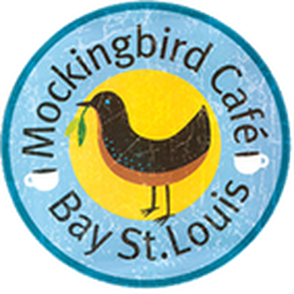|
This month in Waveland:
Waveland Christmas Bazaar, Bonfires on the beach and Improvements of the Waveland Civic Center - by Waveland Alderman Jeremy Burke A Never-Failing Spring - Our Public Libraries
Check out what our local library system is offering these days - you'll find more than just books. Lots more.
- story by Carole McKellar
The first library in Hancock County was established in 1935 as a WPA (Works Progress Administration) project. It was housed in a log cabin. We’ve come a long way, with four branches currently operating in Bay St. Louis, Waveland, Pearlington, and Kiln. Recent budget cuts forced the closure of the Diamondhead branch. The Hancock County Library System is funded by county and city taxes and is accessible to every community member.
During difficult economic times library budgets often decrease, though their role becomes more important. During recessions, libraries prove their worth to the community by offering job information, preparing resumes, and assisting online job applications. There are many reasons why libraries matter. Let’s start with books. Most people can’t afford to buy or don’t have room for all the books they want to read. Our library has a large selection of books, DVDs, audio books, and e-books for loan. There are periodicals and reference books. If you are not sure where to find what you need, friendly, helpful staff members are readily available. Computers are available to residents, and Internet access is free. Classes that improve digital literacy and use of online research tools are provided. The goal of the library is to provide lifelong learning for all members of the community by offering a wide range of programs for all ages. All of our library branches have charming and engaging children’s sections that make early literacy a pleasurable experience. Story time is provided weekly at each branch for children from birth to age five. The programs include storytelling, crafts, and music. The website, www.hancocklibraries.info/, is comprehensive. You can reserve books using their online catalog, or find the schedules for activities and events, such as Matinee in the Bay or the latest Authors & Characters event. Meeting and conference rooms are available for community use. The rooms accommodate activities as varied as voting, movies, lectures, book sales, and a variety of classes. “There is not such a cradle of democracy upon the earth as the Free Public Library, this republic of letters, where neither rank, office, nor wealth receives the slightest consideration.” - Andrew Carnegie Chloe Harvill + Bret Foreman
September 5, 2015
An intimate wedding on the town's Shoofly Oak breaks into a second line - complete with the Raw Oyster Marching Club bridesmaids! - photos by William Colgin
11/20 & 21 - Friday & Saturday
11/21 - Saturday
11/21 - Saturday
11/21 - 11/22 - Saturday and Sunday
11/27 - Friday thru 1/1
12/5 - Saturday
The Alice Moseley Museum
Plucky Alice Moseley, a retired teacher, began her painting career at 65 and moved to Bay St. Louis when she was 80. For nearly fifteen years after, the red-bereted folk artist charmed and inspired people with her paintings - and her stories. In the Alice Moseley Museum, she's still doing just that.
- story and photos by Ellis Anderson
When she passed, just before her 95th birthday, the entire town mourned. Yet Alice Moseley continues to enrich Bay St. Louis through the legacy of a museum named in her honor. Located on the top floor of the town’s historic depot, it contains forty-seven of her original paintings and an astonishing collection of antique books, toys, glass, pottery.
The museum is so popular, Myrna Green, director of Hancock Tourism says that over half of the 20,000 people who stopped into the Visitors’ Center last year also visited the museum. That means over 10,000 people from around the world have enjoyed Alice’s art in the past year alone. One weekday in late October, this writer found six visitors in the museum. Two of them were from South Carolina, two were new residents of Biloxi – by way of Australia – and a third couple hailed from England. It was their third time to visit the museum. 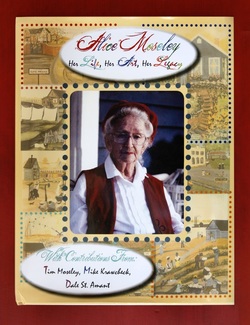
Last year, the board of Hancock Tourism signed a five-year management agreement with Tim Moseley, museum founder and Alice’s son. They then hired Audre Brook to oversee the day-to-day operations and spread the word about Alice.
Brook is passionate about her work. She believes that the Moseley Museum is the “best-kept secret in Mississippi.” “Her zest for life was matchless,” says Brook. “She painted up until right before her passing. And she continues inspiring us now. You can walk through the museum and look at all the portraits and paintings and appreciate how far we’ve come. Remembering the past makes us better each day, remembering where we’ve come from and what we’ve gone through.” Tim Moseley said his mother’s values often showed up in her work. “She had very progressive ideas about civil rights. My mom wanted to make clear that her paintings were a tribute to the people who survived those times and those injustices… My mom considered herself one of those people… If you were in Mississippi and you were a sharecropper, it didn’t matter if you were black or white, there wasn’t going to be any cash money come your way.” Tim attributes a big part of Moseley’s appeal to her storytelling talents, both verbally and in her paintings. “It’s not just how good an artist is, it’s the stories they tell and how well they connect with people.” A good example is a one of the museum’s most popular paintings, called “Labor Vs. Management.” Alice has painted a farmer trying to plow, but his mule is sitting down. The farmer in raging at the mule, but it’s clear the creature has no intention of budging. Tim Moseley explains the thought behind the painting: “Either you’re labor and think that your boss asks more than anyone has a right to expect or you’re the boss and you think that your labor’s just sitting down on you while you’re paying good money."
One of the museum's latest acquisitions is an original painting of Alice’s called “What’s so new about Women’s Lib?” It shows a woman with a child and a small toddler hanging onto her skirts while she’s guiding a plow through a muddy field. The two mules pulling it look surprised. On the other side of the painting, there’s a wagon under a tree. On it sleeps a man and a boy child on a blanket. He looks supremely relaxed. A wood cabin in the background of the painting obviously needs a lot of work.
Brook says that “Miss Alice’s” exceptional constitution and ability to take risks comes through in her work. She’d lived through the suicide of her father when she was still a teenager, the Depression and two world wars. She survived the loss of her husband and made a major move when she was eighty.
“Miss Alice is our Shero,” Brook says, smiling. "She was a woman of true courage, someone we all need to emulate in one way or another." Alice Moseley’s nephew, Birmingham businessman and frequent Bay St. Louis visitor Mike Krawcheck agrees. He says that Alice Moseley and the town of Bay St. Louis share the same plucky DNA. He points to the way the town’s residents showed courage and determination after the devastation of Hurricane Katrina in 2005 as proof of their similarity to his aunt. “They’re the kind of people who confront adversity and challenge turn it around to everyone’s advantage,” he says. “My aunt was flat out indefatigable. She described the time she spent in BSL as the best time of her life. She flourished there.” Alice’s son Tim agrees. “She really did think that the pot of gold was at the end of the rainbow in Bay St. Louis.” The Dreamsicle Cottage on Ballentine
A small shotgun cottage becomes a fanciful home, with color, light and art - both inside and out. And a very special orange tree.
- story and photos by Ellis Anderson

When Karen West and her friend Christy Hole purchased the house in 2012, it had been vacant for years and was “terribly deteriorated.” The original shotgun cottage was only 870 square feet, with three rooms and a tiny bathroom. With shotgun style houses, one room leads directly into another without a hallway. They’re so named because theoretically someone could shoot a gun in the front entrance and the bullet would go right out the back without hitting anything (at least one hopes). Guesstimates placed the construction of this shotgun somewhere in the 1920s.
Karen grew up in Columbia, Mississippi, a historic town on the Pearl river, about 90 miles northwest of Bay St. Louis. For most of her career, she worked in the breast healthcare industry and lived in Jackson. With friends living in the Bay, she visited often and began shopping for a second home in the town in 2005. After "The Storm," everyone’s plans changed. The friends moved in with her in Jackson for three months. Yet Karen kept being irresistibly drawn to the coast, again and again, often to help friends with cleaning and rebuilding efforts. In 2012, she began shopping for real estate again, after retiring from General Electric's healthcare division. When the cottage on Ballentine came up for sale, Karen immediately recognized its possibilities. The house was tiny, but the lot had room for a big addition. There was only one obstacle. The orange tree. One of the oldest in the city. It grew exactly in the spot where an addition would normally be built. “I couldn’t kill that tree,” says Karen. “It’s been there way longer than I’ve been on this earth. It gets filled with the sweetest oranges in the world. People in the neighborhood all had memories of that tree, of eating those oranges. It was not going anywhere, so it pretty much dictated the design of the addition.”
Karen found the brother of a good friend, Steve Melton – a contractor from Gulfport - who worked with her to renovate the house and build the addition. She calls him “a true artist.” They ended up extending the shotgun back and then adding a master bedroom wing on at right angles. The orange tree ended up being nicely framed and protected in the inner corner of what’s now an ‘L” shaped house.
The newer section is 800 square feet, bringing the total space in the house to just under 1700. The highlight of the addition is a master bedroom/office with a dressing area that opens up to a screened porch (overlooking the orange tree!). The addition also includes a second bathroom, a laundry room, two closets, and a storage room. Karen met her goal of wanting to maintain the integrity of the shotgun. She also worked to integrate the historic charm of the original house into the new addition. “We didn’t want to use anything in the interior but reclaimed wood,” says Karen. “Steve found a bunch of wood laying in the grass of a sawmill up north of Gulfport. It was full of wormholes and bee tunnels. He planed it and we helped him sand it. Let me tell you, it was a job. We had piles of it.” The payoff is in the charm of the finished addition. Other custom touches throughout delight the eye. For instance, salvaged French doors refitted with stained glass became pocket doors for the original bathroom, which helped with space considerations. All the doors in the new part of the house are salvaged, some antebellum and handmade cypress. Three porches – front, back and side – now beckon guests and invite conversation and story-telling.
Once complete, Karen began decorating with art pieces and furnishings she’d been collecting for a lifetime. She used chartreuse green as her main “punch” color and added accents of black, white and green. The bead board walls were painted white to act as gallery canvases to showcase her extensive art collection.
“I’m drawn to artwork that is different. All of the art in the house has meaning to me though. The majority of it is from my family or created by friends. I'm wild about work by several local artists, including Ann Madden, Kat Fitzpatrick and Michelle Allee.” The cottage grounds also acted as blank canvas for West. The yard now features an enchanting garden shed (designed and built by Melton), a cunning enclosure for her golf cart and an entire collection of iron work by Stephanie Dwyer, an artist who lives in Paris, Tennessee.
The yard art complements West’s simple landscaping, which boasts native lilies, rosemary plants and knockout roses. Crepe myrtles add height, while a grotto that came with the house has become a focal point in the side yard. As in the house, unusual accents add memorable zip. Like the bright blue candle chandelier hanging from a tree above a café table.
Even while the renovation was taking shape, West believed she’d just spend part of her time on the coast. Two years ago, part-time became full-time. She now shares the cottage with three cats. “I came back a lot more frequently than I thought I would,” she says, smiling. “I got involved with volunteering in the community [with Friends of the Animal Shelter, St. Rose de Lima and the Historical Society]. I decided I wanted to be a permanent resident.”

Homes are reflections of their owners. That should probably be self-evident, but it is one of those things you have to reiterate. There is also a certain amount of projection involved when we create spaces to promote who we want people to think we are. In the end, even that is a reflection of who we really are. And I like that about interior design and architecture: it is both revealing and communicating.
I spend a lot of time working with clients and friends to find a right color or a comfortable sofa. That’s a predictable part of my job. What I really love, though, is when someone wants to be daring and imaginative beyond what they ordinarily would. Most of the time my work involves helping clients find new ways of looking at spaces — and usually that inspires them to think differently about life as well. “Carpe diem,” we all know, means “seize the day.” Let’s seize the opportunity to do something fabulous with the spaces we live in, too (I won’t try to find the Latin phrase for that)! This month’s featured home is a great example of all this. Color explodes everywhere. Items and materials are repurposed in amazing and surprising ways. When you enter this house, you enter a stage of fantastic fun and frivolity. Every day is precious, and every space we live in is important. Bravo to those who seize the opportunity to make their homes their self-portraits. As always, thank you to all who invite us into their homes and lives. May we all be inspired to find our joie de vivre where we live! Coastal Clean-up the Rest of the Year!
If you weren't able to participate in October's 27th Annual Mississippi Coastal Cleanup, no worries! Here's some simple things you can do year-round to make our coast a better place - and why it's so important!
- by Karen Fineran, photos courtesy Hancock Chamber
Floatable marine debris items, once they enter the ocean, are carried via oceanic currents and atmospheric winds, and can be carried quite far from their origin. Many animals, such as sea turtles, seabirds, and marine mammals may mistake debris items for food and ingest them, or ingest them accidentally with other food, leading to internal injuries and sometimes death.
One of the most notable types of impacts from marine debris is wildlife entanglement. Derelict nets, ropes, line, or other fishing gear, packing bands, rubber bands, six-pack rings, and a variety of marine debris can wrap around marine life, leading to injury, suffocation, starvation, or death. What Else Can I Do To Help?
If you weren't able to get out and join Hancock County’s organized cleanup in October, there are other things that you can do to mitigate the problem.
How Can I Learn More?
There are a number of resources to turn to if you want to learn more about marine debris and ways to prevent it. The National Oceanic and Atmospheric Administration’s (NOAA) Marine Debris Program is the federal government’s lead organization for the research and prevention of marine debris. You can get access to current marine debris information and learn more about the program by visiting or by checking out NOAA’s marine debris blog. You can also visit the official International Coastal Cleanup website.
For more information about the Mississippi cleanup, contact Ed Cake, Chairman of the Marine Debris Task Force, at (228) 324-9292, or Melissa Scallan, Mississippi Department of Marine Resources (MDMR) Public Affairs Director at (228) 523-4124. |
Categories
All
Archives
April 2024
|
Shoofly Magazine Partners
Our Shoofly Partners are local businesses and organizations who share our mission to enrich community life in Bay St. Louis, Waveland, Diamondhead and Pass Christian. These are limited in number to maximize visibility. Email us now to become a Shoofly Partner!


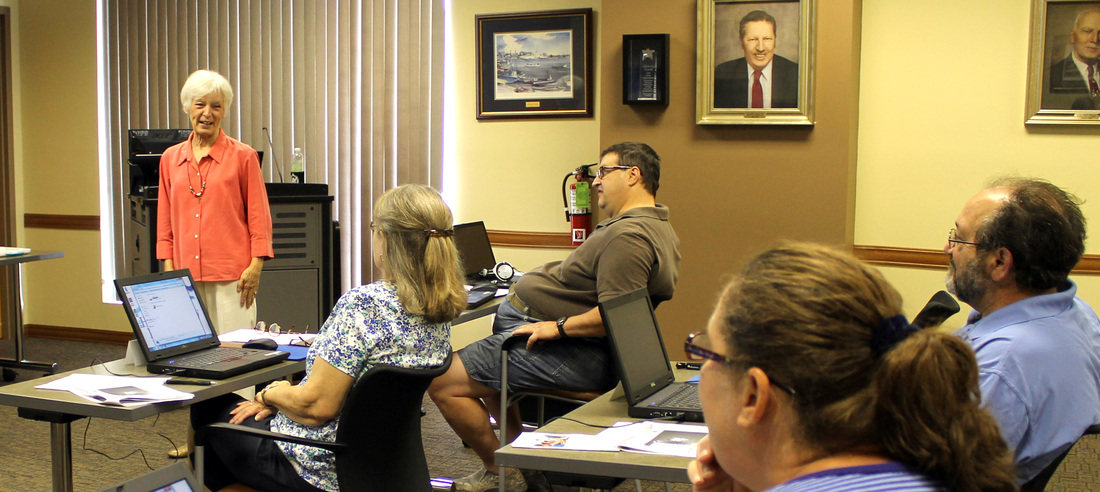




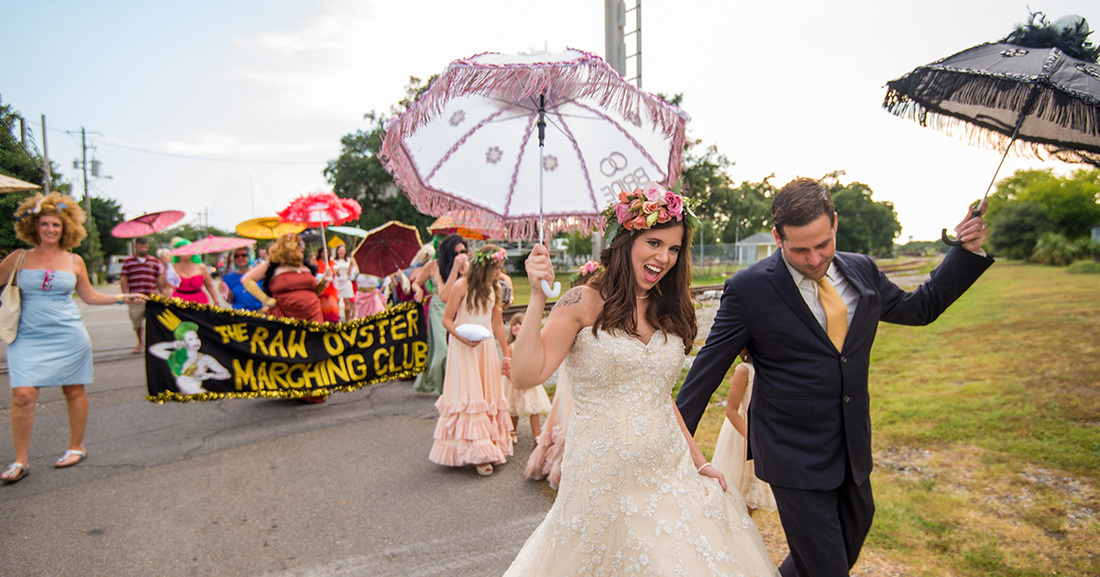

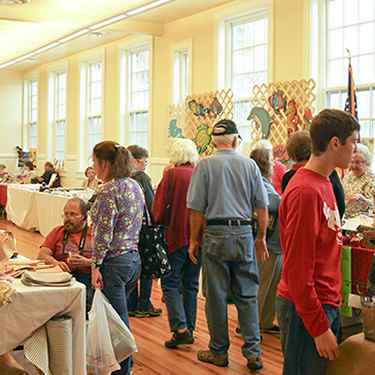




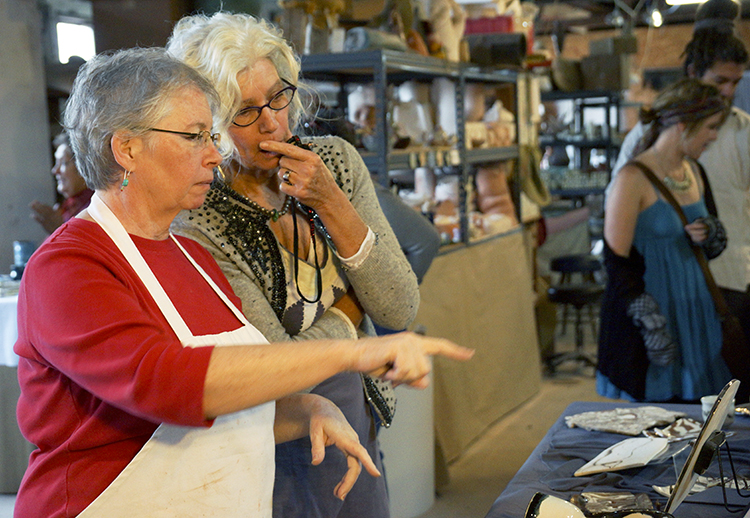
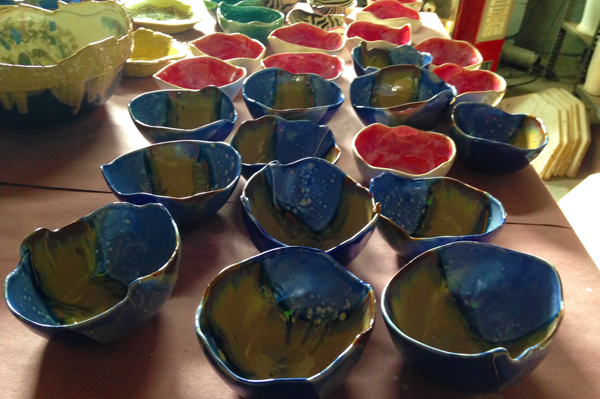
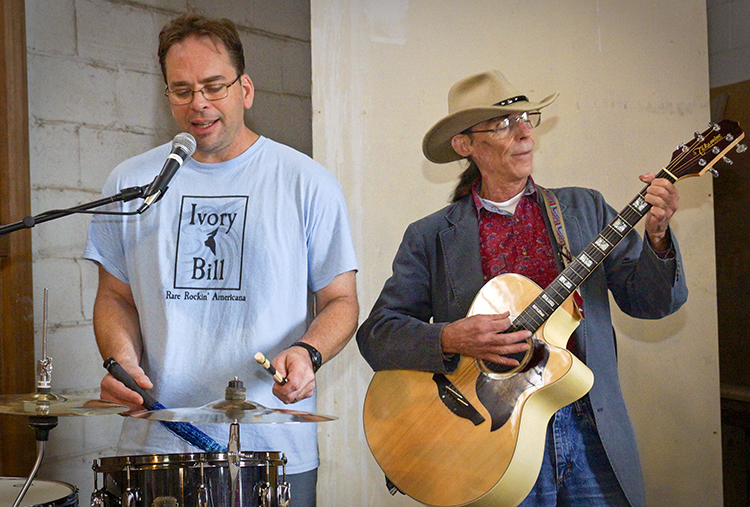

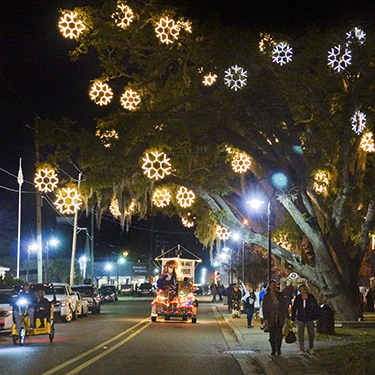
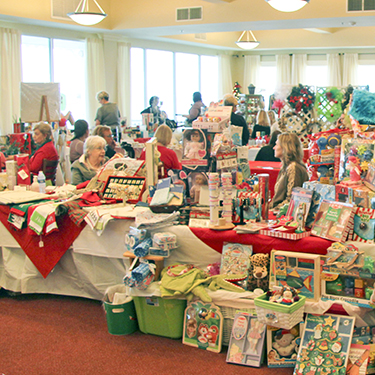



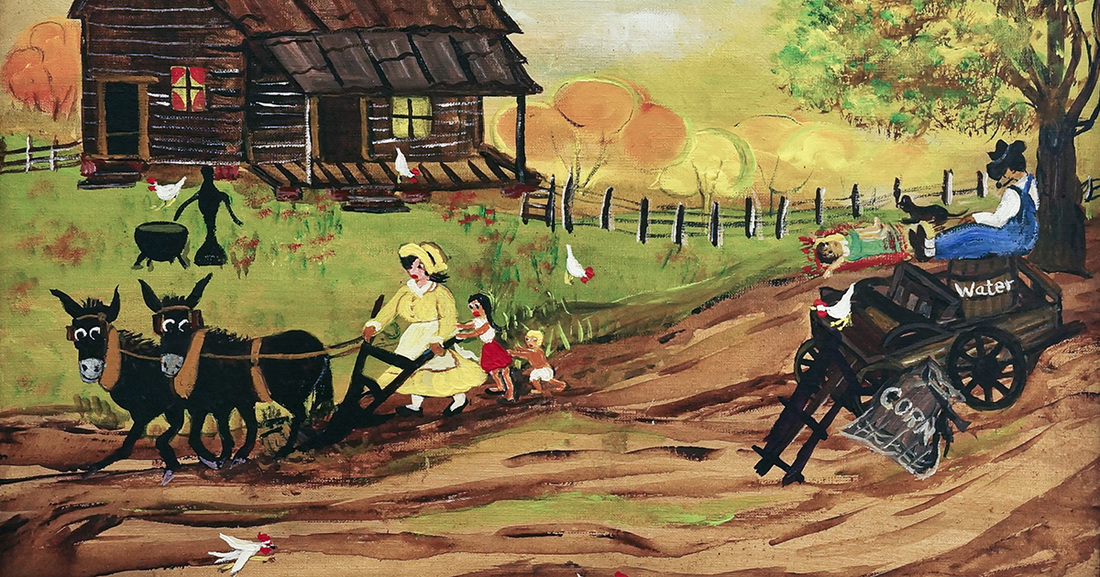
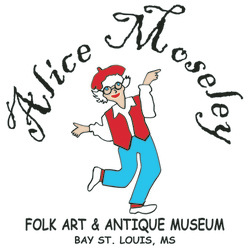

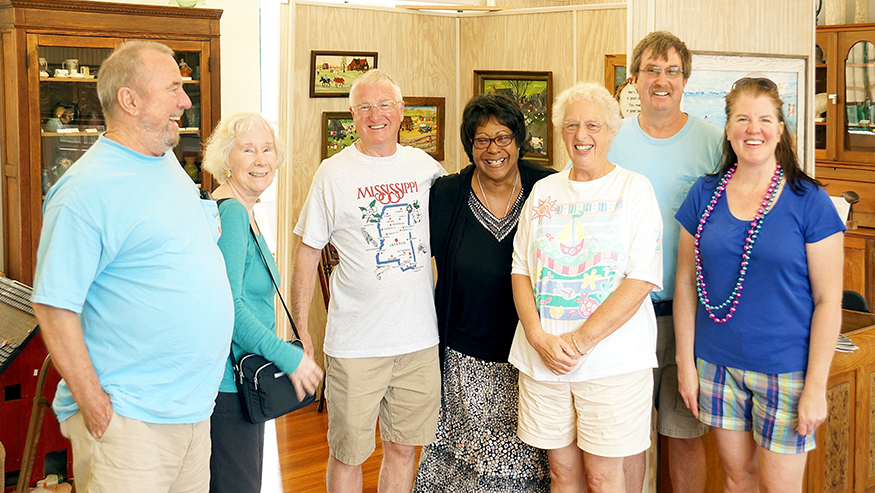
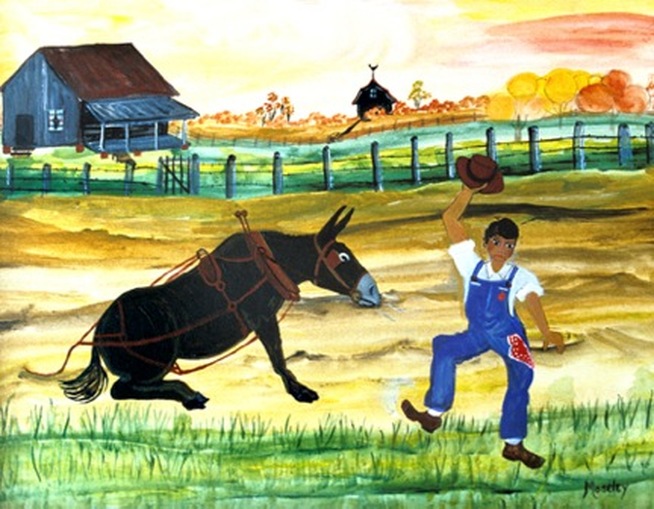
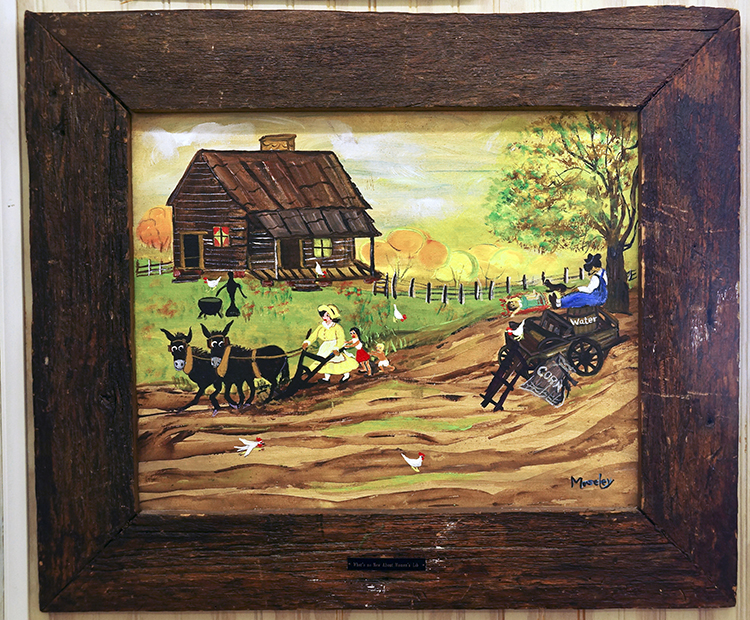
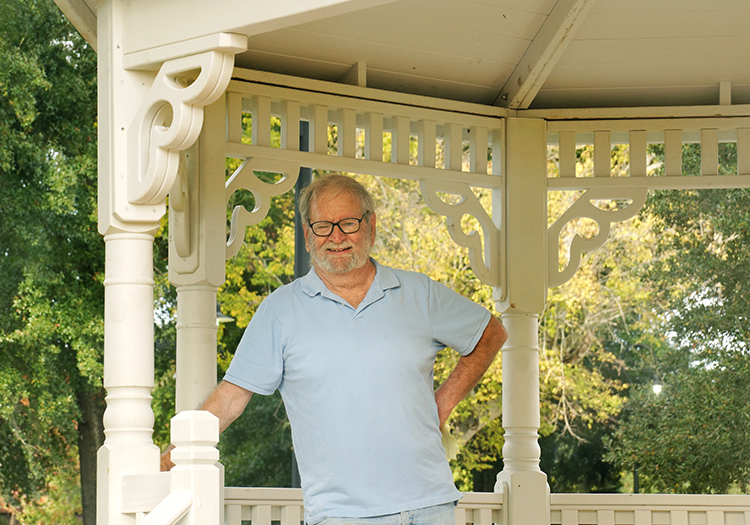

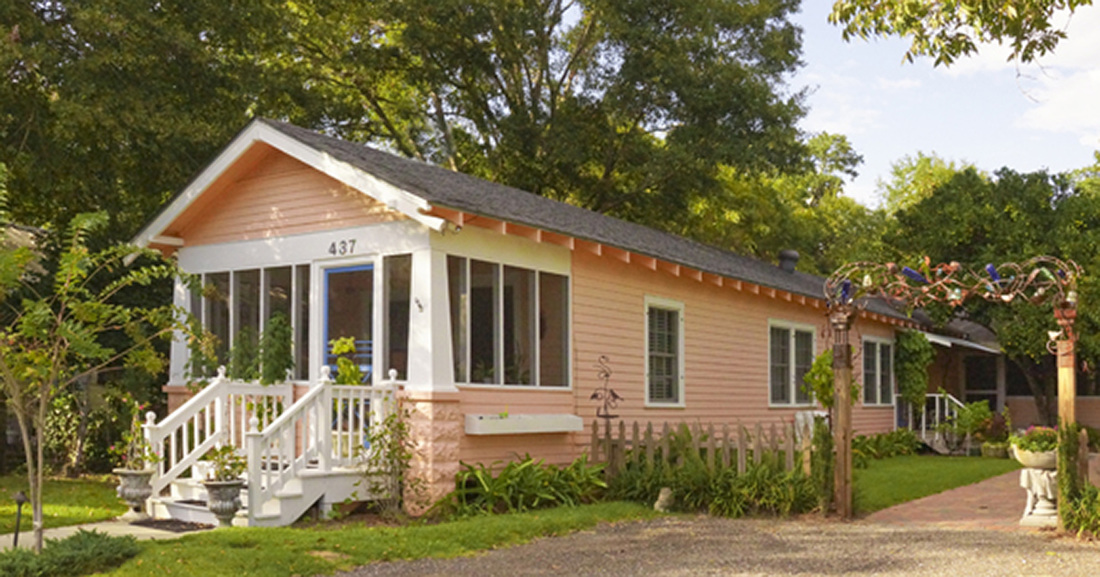



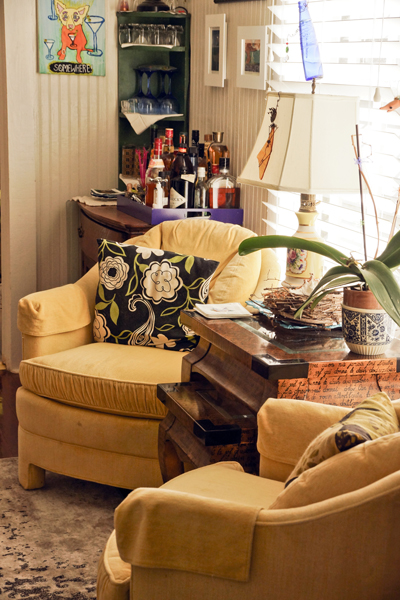
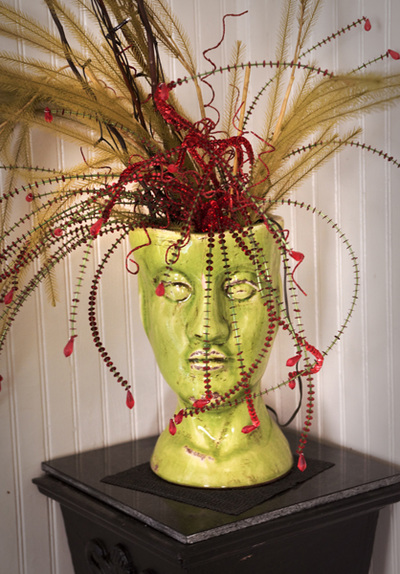
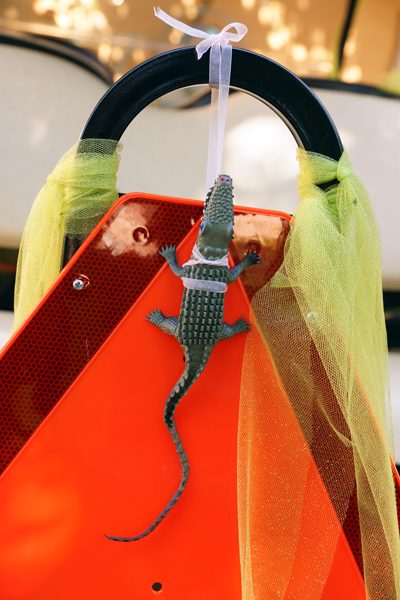

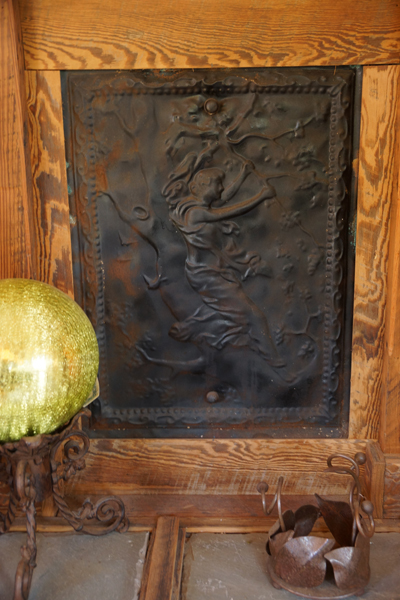
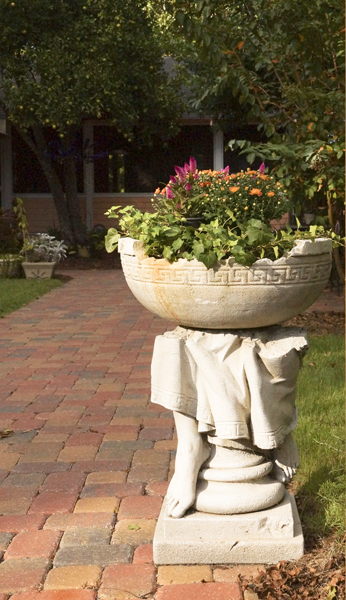


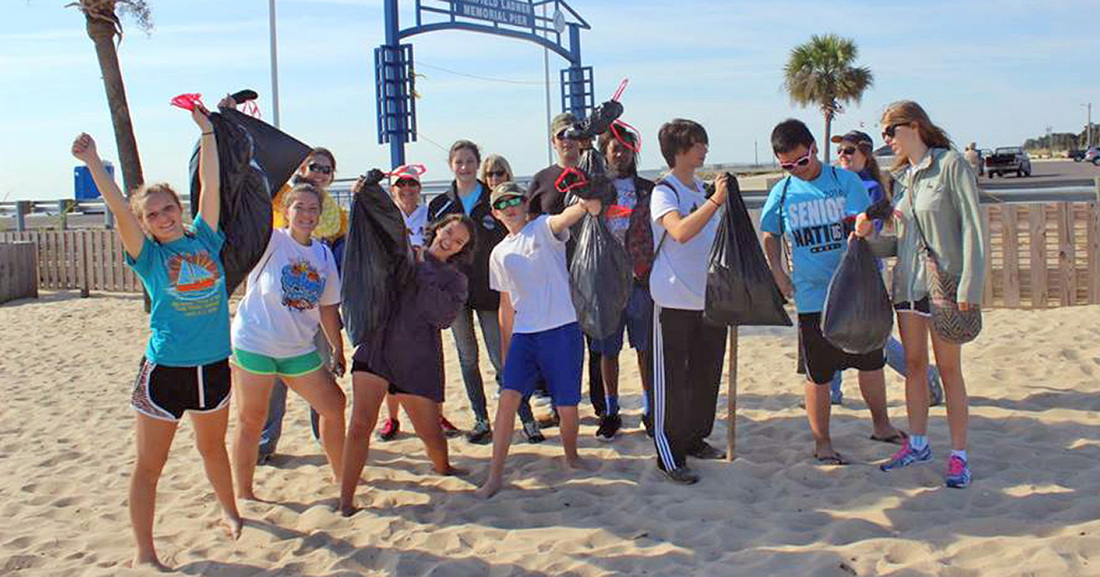

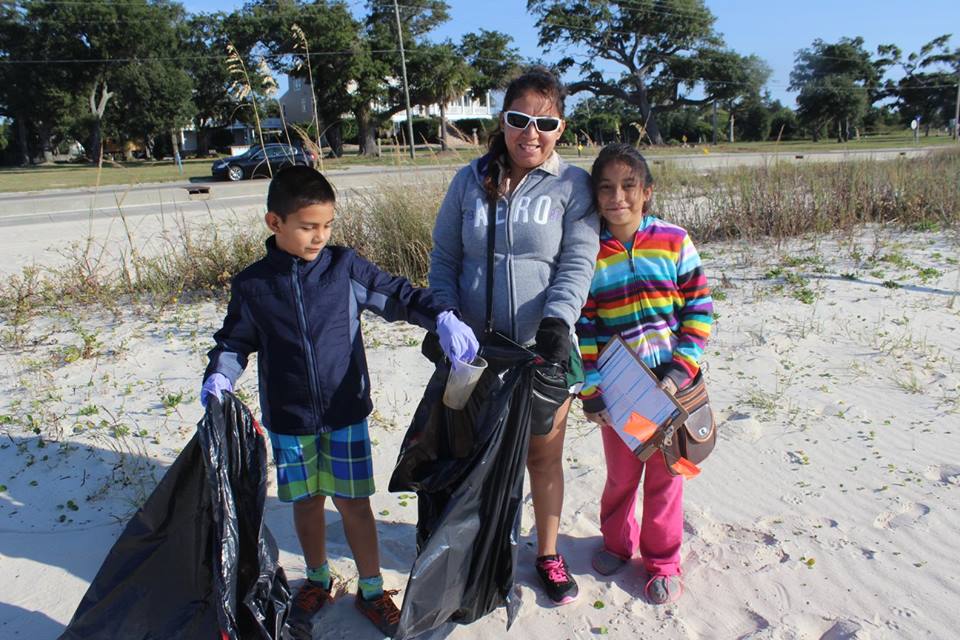
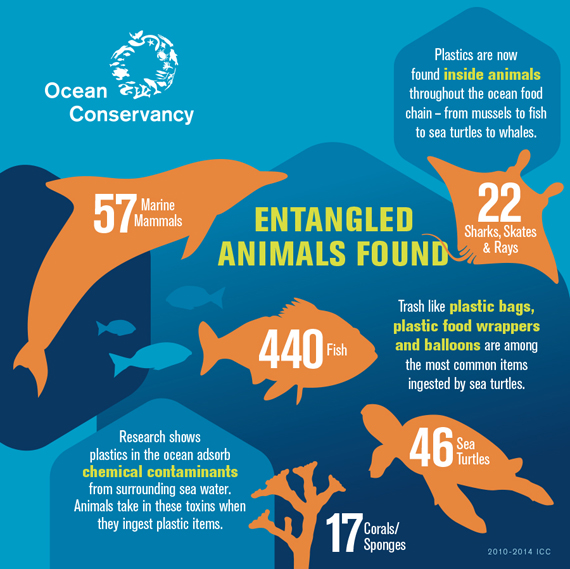
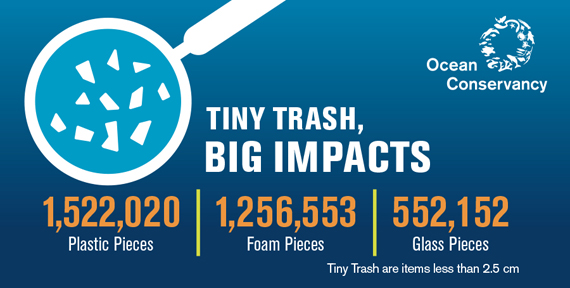
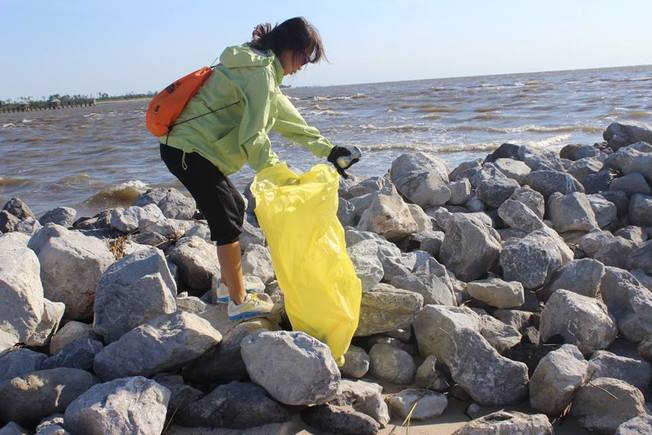
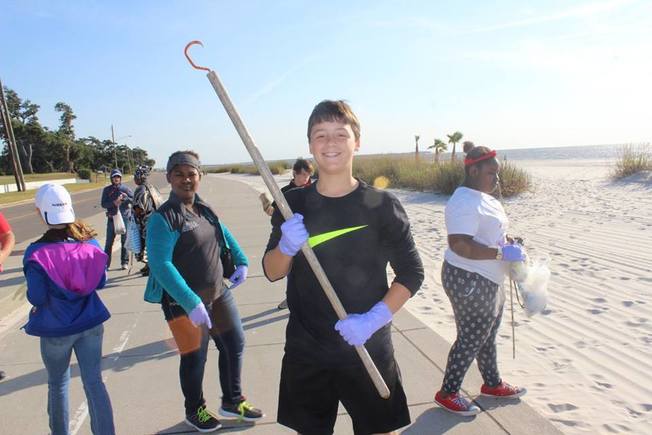
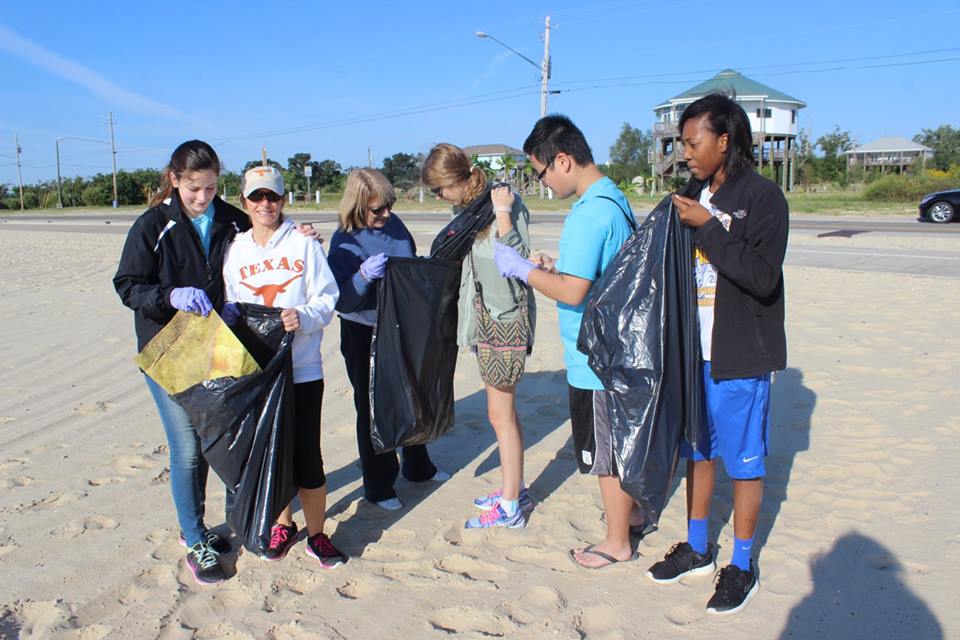
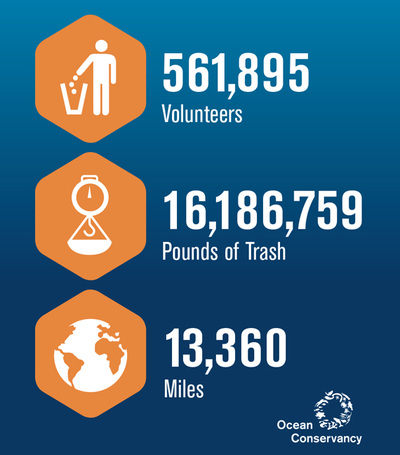
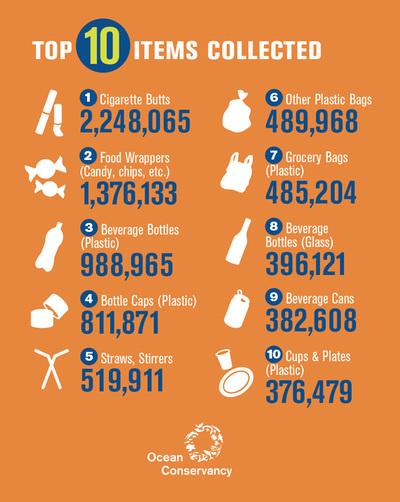












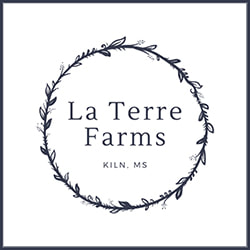








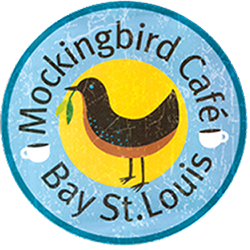




 RSS Feed
RSS Feed













